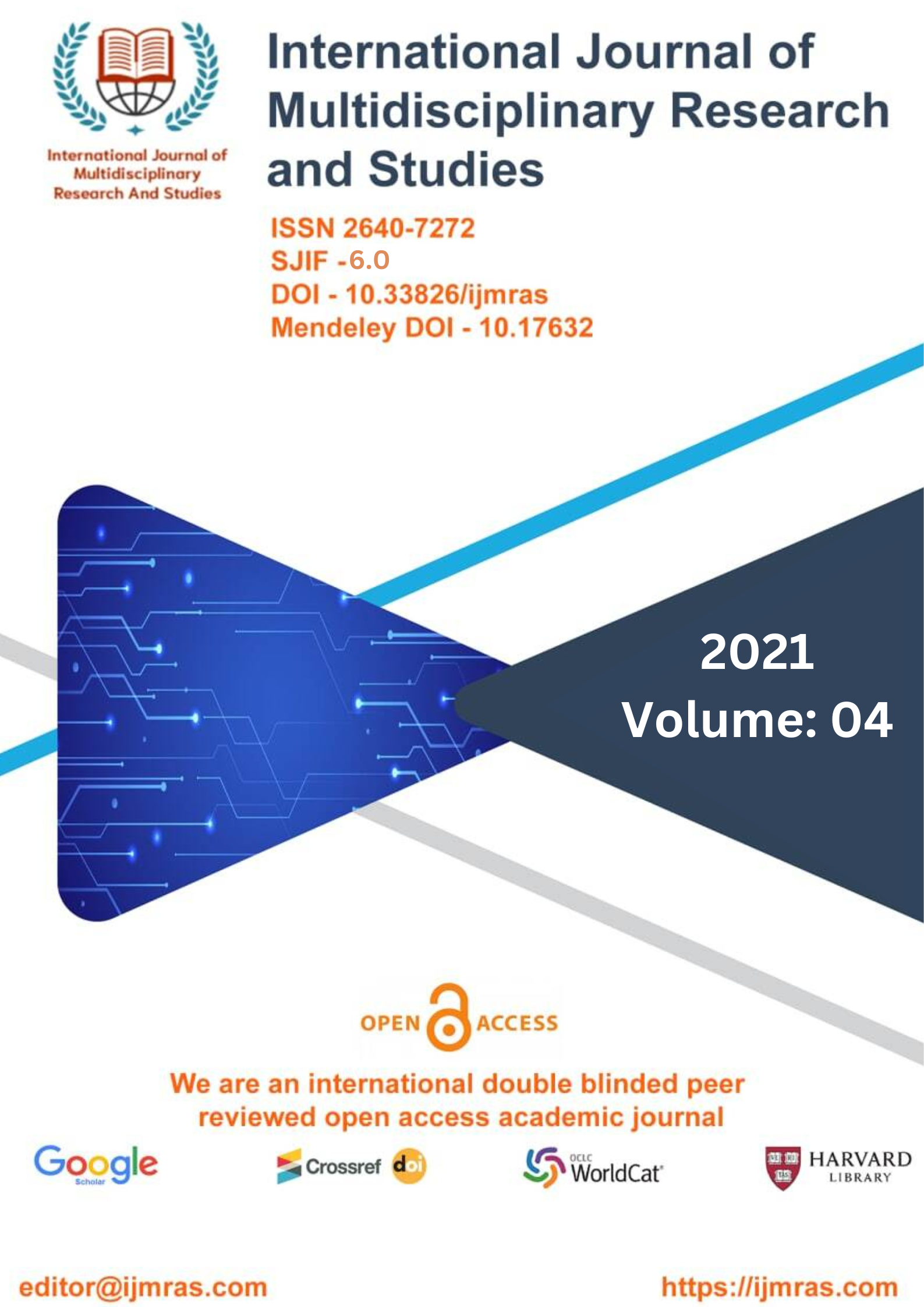IMPACT OF CASTE ON GENDER INEQUALITY IN EDUCATION

Abstract
The term "gender inequality in India" refers to the disparities that exist between men and women in India in terms of their health, education, economic standing, and political power. There are a number of different worldwide indices that measure gender inequality, and each of these indices produces a distinct ranking for India based not just on each of these aspects but also on a composite basis. The gender gap and the societal factors that contribute to it have an effect on the sex ratio in India, as well as women's health, educational achievement, and economic situations throughout their lives. Inequality between the sexes in India is a complex problem that affects both men and women in equal measure. Some people believe that some gender equality initiatives are unfair to males and put them in a worse position. However, when the population of India as a whole is considered, it becomes clear that women are at a significant disadvantage in a number of critical aspects.
Keywords
Caste, Gender, Inequality, EducationHow to Cite
References
Arellano, M. and S. Bond (1991); “Some Tests of Specification for Panel Data: Monte Carlo Evidence and an Application to Employment Equations,” Review of Economic Studies, 58(2), 277-297.
Arellano, M. and O. Bover (1995); “Another Look at the Instrumental Variable Estimation of Error- Components Models,” Journal of Econometrics, 68(1), 29-51.
Barro R. and J. Lee (2013) “A new data set of educational attainment in the world, 1950–2010”, Journal of Development Economics, Volume 104, Pages 184-198
Coulombe S and J Tremblay (2006) "Literacy and Growth," The B.E. Journal of Macroeconomics, vol.
D’Addio, 2007 "Intergenerational Transmission of Disadvantage: Mobility or Immobility Across Generations?," OECD Social, Employment and Migration Working.
OECD (2010) “Going for growth. Responding to the Crisis while Protecting Long-term Growth” OECD, Paris.
OECD (2012), Education at a Glance 2012: OECD Indicators, OECD Publishing
Ostry J., A. Berg and C. Tsangarides (2014) “Redistribution, Inequality, and Growth” IMF Staff discussion note, February
Barro R. and J. Lee (2013) “A new data set of educational attainment in the world, 1950–2010”, Journal of Development Economics, Volume 104, Pages 184-198
Clarke, G.R.G. (1995) More evidence on income distribution and growth. Journal of Development Economics 47(2): 403-427.
Forbes, K.J. (2000) A reassessment of the relationship between inequality and growth. American Economic Review 90(4): 869-887.
Hassler, John, José Rodríguez Mora and Joseph Zeira, 2007, "Inequality and Mobility," Journal of Economic Growth, 12(3), 235-259.
Hanushek, E. and L. Woessmann (2012) “Do Better Schools Lead to More Growth? Cognitive Skills, Economic Outcomes, and Causation” Journal of Economic Growth, 17(4), December 2012, 267- 321.
License
Copyright (c) 2021 Mithilesh Kumar

This work is licensed under a Creative Commons Attribution 4.0 International License.
Individual articles are published Open Access under the Creative Commons Licence: CC-BY 4.0.



